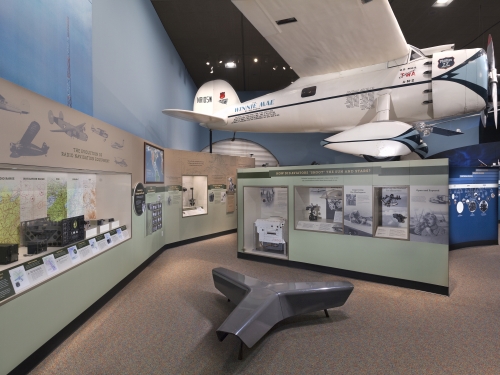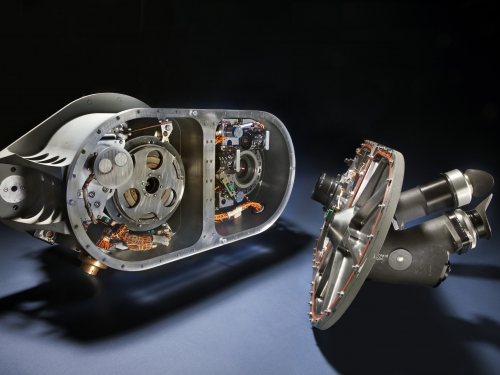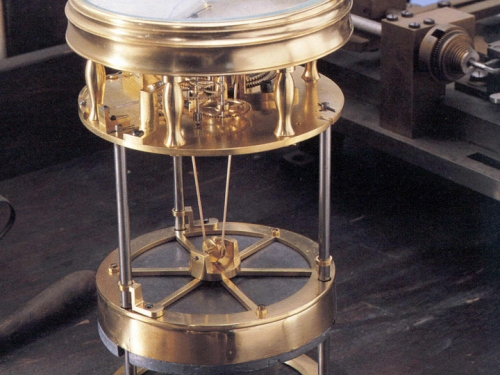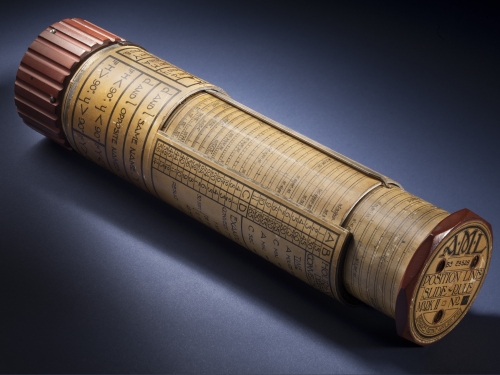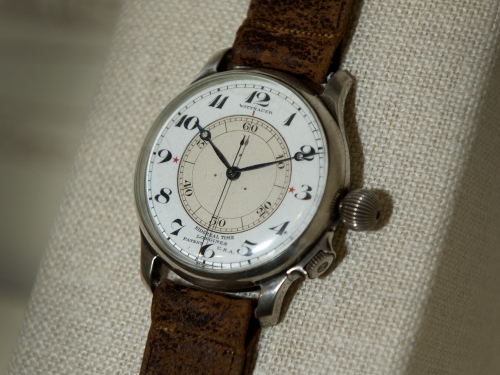In order to know where you are you need an accurate clock.
In the 17th century, several inventors were trying to make an accurate clock for finding longitude at sea. In pursuit of a sea clock, Christiaan Huygens, a Dutch mathematician, changed timekeeping forever when he patented the first working pendulum clock in 1656 and later devised a watch regulator called a balance spring. Pendulum clocks immediately became the best timekeepers for use on land, but they didn’t work accurately on a heaving ship’s deck. Huygens worked with several Dutch clockmakers, including Johannes van Ceulen, who made this table clock around 1680. It is one of the earliest clocks with a pendulum. See this and more objects that tell the story of getting from here to there in the “Time and Navigation” exhibition, opening April, 2013.
Image Number: WEB12771-2013


